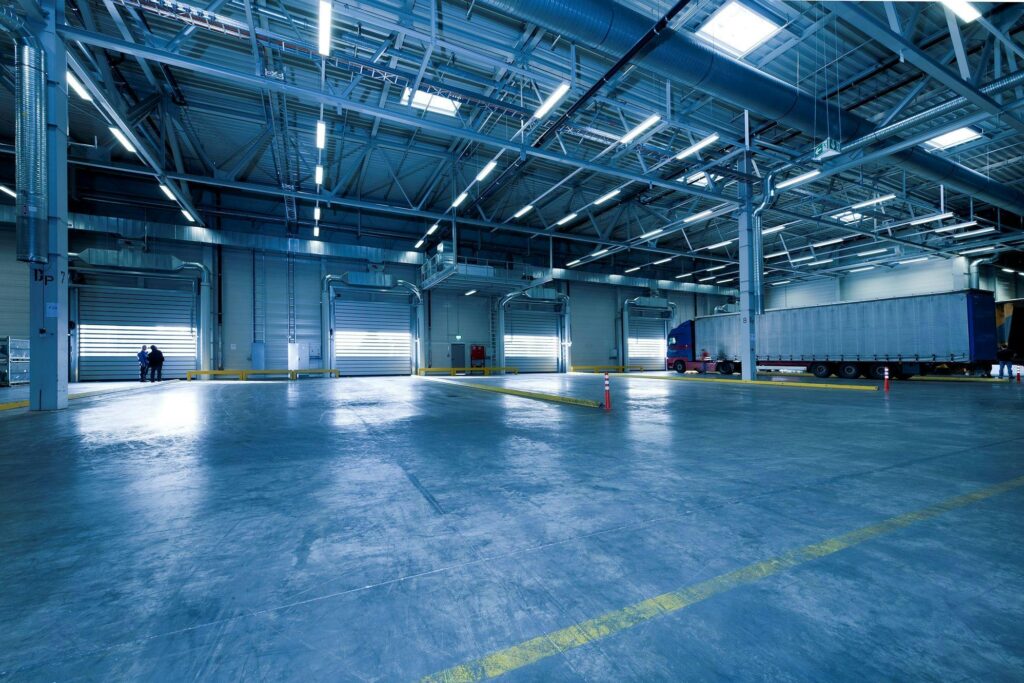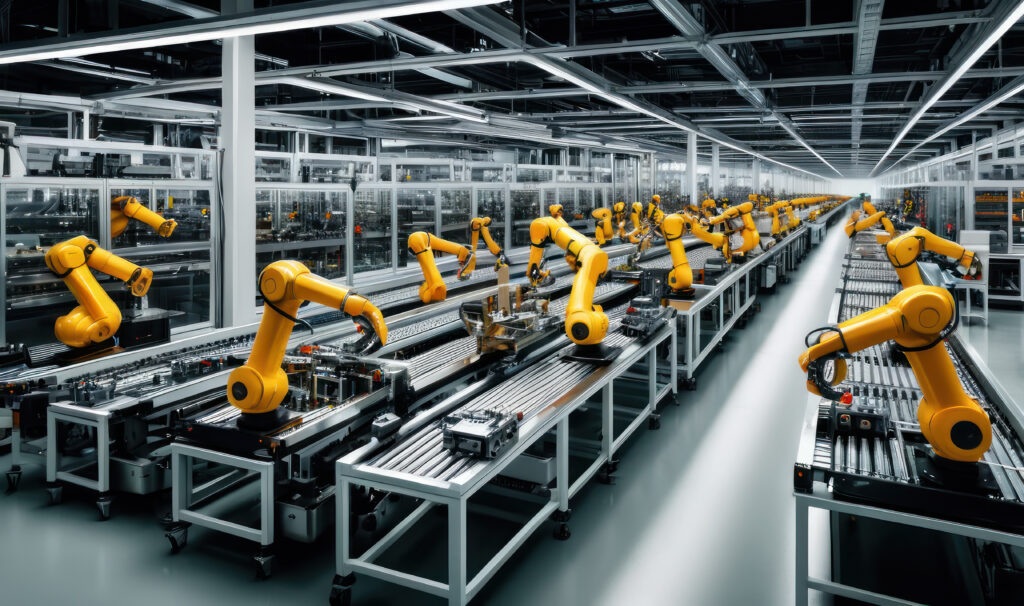
By Matt Churchill, Principal sales engineer
Matt Churchill is a Principal sales engineer at OSARO, specializing in driving innovation through practical automation design. With extensive experience in solutions architecture, project management, and application engineering, he consistently develops customer-driven solutions. His diverse background showcases his expertise in automation and mechanical design.
Renowned physicist Richard Feynman believed that the best way to truly understand a complex system was to dissect it down to its fundamental building blocks, grasp the core physical principles governing those components, and then strategically reassemble them to achieve a desired outcome. His groundbreaking work in quantum electrodynamics, the study of how light and matter interact, earned him the Nobel Prize in Physics in 1965. Decades later, his teachings continue to resonate and inspire new ways of thinking across disciplines.
That same mindset, a curiosity grounded in fundamental understanding, can be seen in the origins of modern warehouse robotics. Raffaello D’Andrea, a physicist and control systems expert, co-founded Kiva Systems and helped spark the autonomous mobile robot (AMR) revolution. Rather than layering automation onto existing infrastructure, D’Andrea and his team deconstructed the warehouse problem to its atomic components: storage, movement, access, and control. Then they rebuilt the system from the ground up, guided by physical principles and enabled by robotics. The result was a self-organizing warehouse architecture that echoes the elegance of molecular interactions. Each mobile robot acts like a particle in motion, dynamically optimizing its path and role within a broader system.
Today we’re fortunate to build upon the foundations laid by these titans of industry and academia. Their breakthroughs have given us the tools and the playbook to approach logistics with both scientific rigor and engineering creativity. And while the physicist in me would love to dive into an elaborate analogy equating a stationary each-picking robot to the nucleus of an atom, the engineer and businessperson in me have louder voices. Both are demanding relevance.
At OSARO, we build each-picking robots designed to thrive in the most SKU-diverse environments in the world. Our secret is world-class machine learning that eliminates the need for exhaustive item onboarding. But great perception alone doesn’t guarantee commercial success. To unlock the full value of these systems, they must be deployed in ways that maximize utilization and throughput.
Too often, utilization and throughput suffer not from the robots themselves, but from the decisions made about how they are deployed. If your robot needs to operate slowly or pause frequently to accommodate human handoffs or shared workspaces, throughput inevitably drops. Similarly, if a picking robot is mounted to a mobile base, the two systems can become bottlenecks for each other. While it may seem efficient on paper, in practice, each device limits the availability of the other, making it difficult to justify the investment for either.
We believe the most effective approach is also the most elegant. Modular, mobile delivery systems can bring inventory to a highly capable, stationary robot that reconfigures and fulfills as needed. This architecture reduces integration complexity, promotes consistency, and scales easily with demand.
In the end, it’s all just particles and probabilities. Only now, the payoff comes with better ROI. And while we may not wear lab coats, we’re proud to stand on the shoulders of the giants who came before us.




